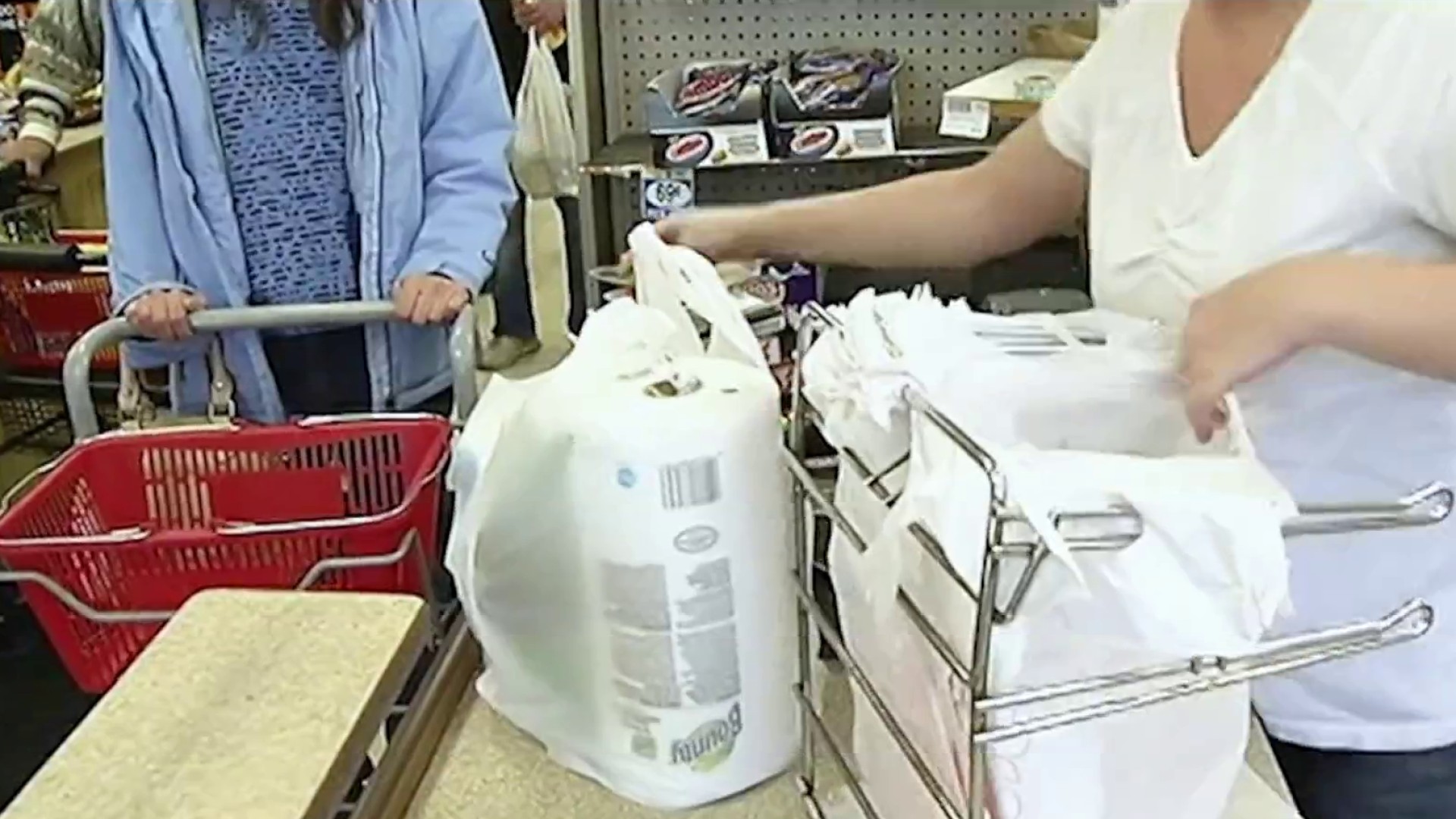In the final part of our series dedicated to microplastics, we are learning about the efforts being made to address this problem in one of the main tributaries of Biscayne Bay, along with emerging solutions considered for the future.
The Miami River runs for nearly six miles across one of the most densely populated and industrialized areas of Miami-Dade County, carrying along a wide range of waste materials, including plastics, which ultimately will end up in the bay – and therefore, need to be removed.
"Most of the cleanliness that we see here today is being done hand to hand or by use of this outstanding green or red boat called Scavenger 2000," said Horacio Aguirre, president of the Miami River Commission. "It will not only pick up bulk trash — it will decontaminate the water and it will oxygenate the water."
Weekly, they collect up to 8,000 pounds of waste, purifying 10,000 gallons of water per minute through an electrochemical process.
Get South Florida local news, weather forecasts and entertainment stories to your inbox. Sign up for NBC South Florida newsletters.
Planet in Crisis: Solutions
“We destroy bacteria, we destroy viruses, we eliminate color or improve clarity in the water, we increase the dissolved oxygen level in the water -- so fish can thrive, manatees can swim," said Sophie Mastriano, the president of Water Management Technologies.
It also enables the removal of plastics.
”The scavenger can collect small debris, as small as straws, which is very important," Mastriano said. "It protects the sea turtles. Or microplastics as well that lodge themselves in the dead decomposing seagrass."
Truly microscopic polymers are impossible to remove with the scavengers' current technology. Though thousands of miles away, scientists at the University of British Columbia have recently announced a promising discovery.
By using a filter made with wood chips and tannins, which are natural plant compounds, they've managed to capture 99.9% of microplastic particles of various sizes and types. The innovative method called Biocap is in its laboratory stage, and while there is not a set date for its eventual industrial-scale production, its creators affirm that it will be fairly economical.
Technology aside -- scientists, politicians and activists agree that solving this issue will be a collective human effort.
"One of the things that we need to do is just, first of all, instead of just cleaning, we need to avoid, you know, dumping all this trash into our environments,” said Henry Briceño, a research professor of the Southeast Environmental Research Center at Florida International University.
“We need to be heard more across all the boards, because, you know, society depends on people," said Olympic swimmer and environmental activist Merle Liivand. "But if those microplastic pieces and microbeads end up now more and more in human blood, it's going to start affecting the society's behavior.”
“As far as solutions, you have policy solutions that could be in place, but you also need education, and education at every level, from policymakers to the average citizen to the tourist that comes here to vacation," Miami-Dade County Chief Bay Officer Irela Bagué said. "Everyone has a part to play."
“The good news is that again people are waking up to it," said Ombretta Agro Andruff, an environmental activist and ARTSail Founder. "There are incredible organizations that are doing as good a job as the organizations here that are gathering attention and really implementing changes there. But, it is a global issue and so we need global solutions.”



